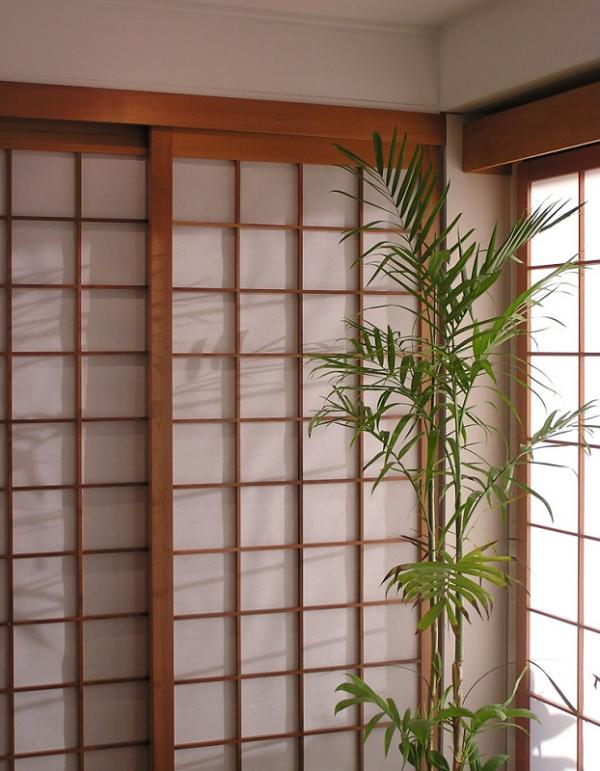The shōji (障 子), according to Wikipedia, is "a type of traditional door in Japanese architecture. It functions as a room divider and consists of translucent washi paper with a wooden frame.
This paper is known as rice paper in the West, and these doors are already prevalent today in apartments and other buildings. The fact of being sliding will allow us to save a lot of space and allow light to filter through. Here is how to make a Japanese paper door.
Step One
Measure the area where you will place the Shoji door and buy a metal rail of the same size as this area since it will be where the door will extend.
Step Two
Read also: How to Decorate a Dining Room
Fix the metal rail; Depending on the type of floor you have at home (wood, tile, stoneware, etc.), you can use one fixing mechanism or another. Likewise, you should place the other part of the rail on the roof, paying close attention that both tracks are completely parallel.
Step Three
Measure four slats of wood about 2 cm wide and the same height as your ceiling. Prepare another four slats, also 2 cm long, equal to each other in length but shorter than the previous ones. These will form the outline of two shoji doors, one fixed and the other movable.

Build the frame for the Japanese door. You can join the slats with staples or nails, wood glue, or use a chisel and hammer to join pieces together.
Step Five
Make the grids that will form the shoji gate, known as "Kumiko" (which means "weave"). Dimensions will vary based on the dimensions of your Japanese door, although the overall dimensions are half a centimeter wide and the height of your frame.
Step Six
Also read: Renovating a Kitchen on a Budget-Here is How
Glue the strips to the frame, equidistant, to form the grid.
Step Seven
Glue the Shoji paper, or rice paper, to the frame using double-sided tape or some glue that fixes these materials.
Install the door on the rail with the fixing system that came standard.
Adapted and translated by The Cop Cart Staff
Sources: Uncomo







